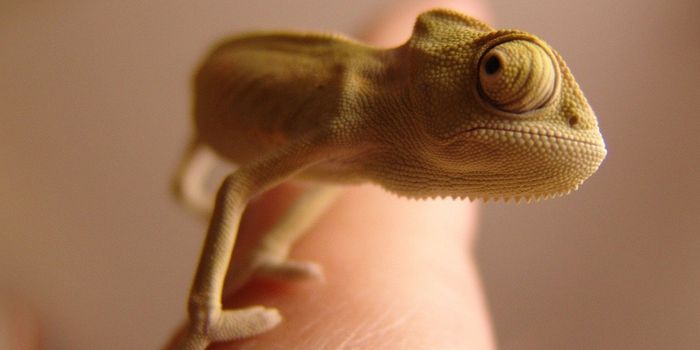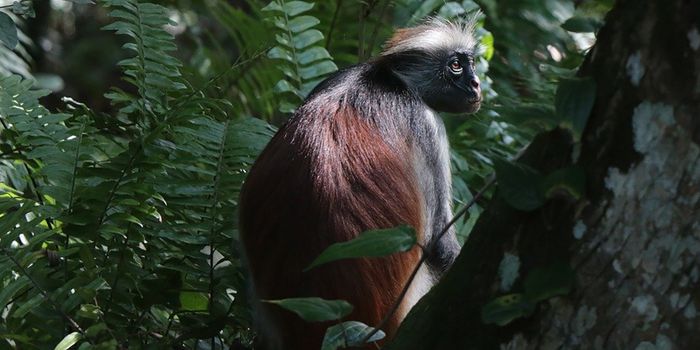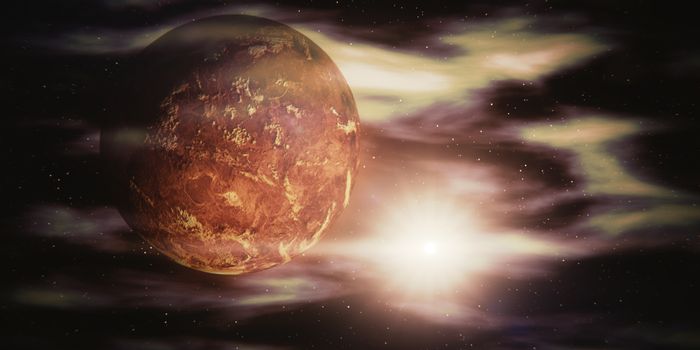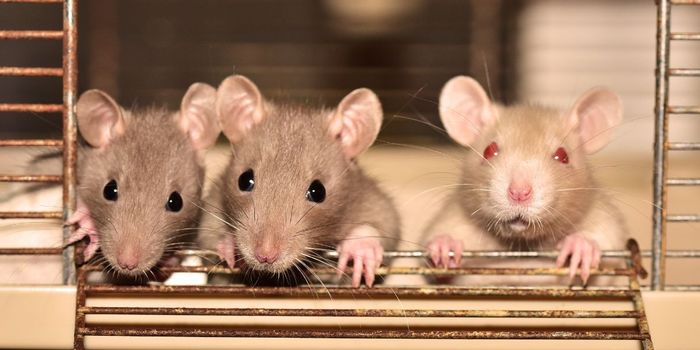Fascinated by scientific discoveries and media, Anthony found his way here at LabRoots, where he would be able to dabble in the two. Anthony is a technology junkie that has vast experience in computer systems and automobile mechanics, as opposite as those sound.
JAN 11, 2026 8:49 AM PST
Share
The International Space Station is a Magnet for Germs
Most of the time when you see the International Space Station, you see what looks like a clean environment because of the lack of dirt anywhere. The only problem is, the grime comes from places you can't see.
In many places aboard the International Space Station, germs tend to coagulate due to microgravity, and one of the places where they find the best chances of survival are inside of those floating globules of fluid, which can accumulate over time from condensation in certain parts of the space station.
In some cases, astronauts have discovered colored floating liquid globules in certain maintenance crevices - some brown and some cloudy white. Samples of these floating liquid globules revealed tons of micro-critters living inside them.
It turns out that bacteria and other germs tend to survive very well in outer space and have very little trouble multiplying. Who would've thought?
You May Also Like
Loading Comments...






